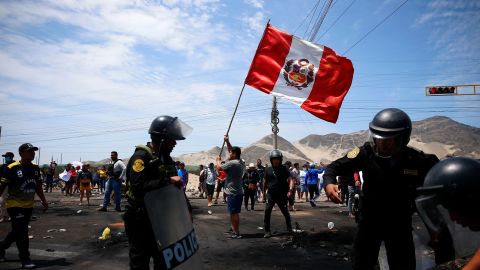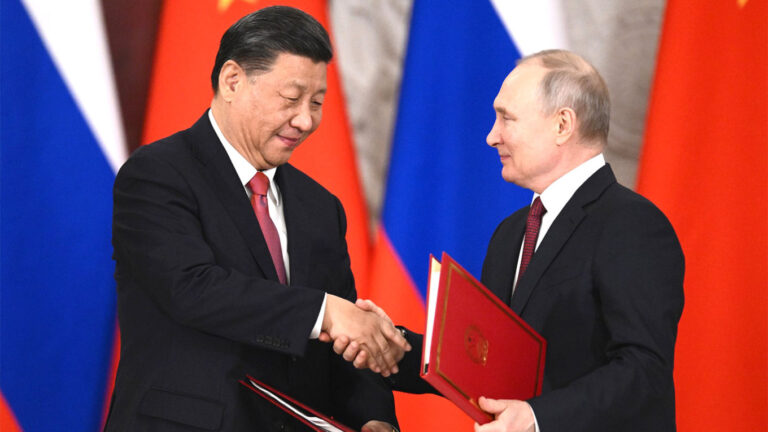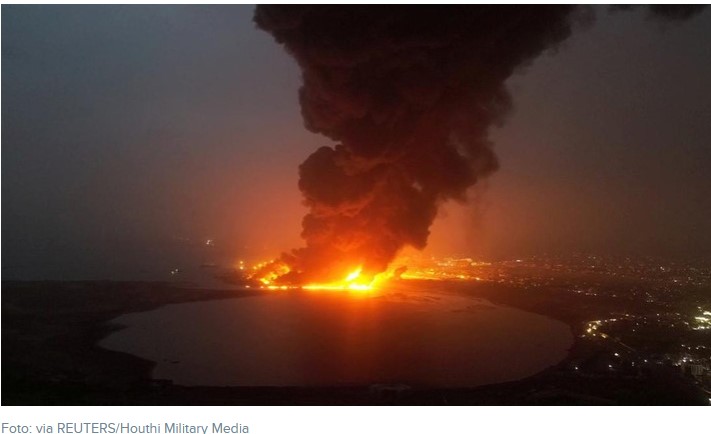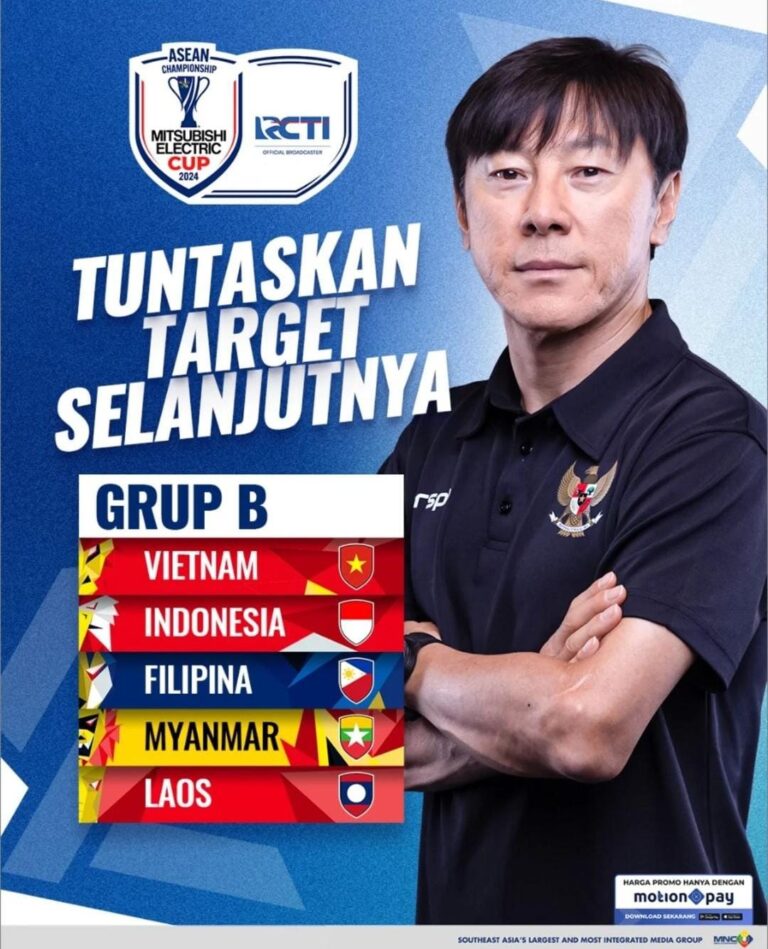
The foto has taken from CNN
STRATEGIC ASSESSMENT. Peru has been rocked by political upheaval since March 2022, escalating in recent weeks to countrywide protests and demonstrations in which seven people have been killed and many more injured. Protests in March began after a failed motion to impeach Pedro Castillo, the Leftist leader who claimed Peru’s presidency in July 2021. Thousands of demonstrators took to the streets of Lima and rural areas calling for Castillo’s resignation and voicing economic frustrations. Over the course of March and April, multiple people died and many were left injured after government forces used brutal force to control protestors. Although a brief lull in the tensions occurred in late spring, pressure steadily mounted over the course of the subsequent months as protestors and opposition parties called for Castillo’s resignation. In November, Peruvian farmers and truck drivers – reportedly around 400,000 vehicles and thousands of demonstrators took part – staged 14 roadblocks in protest of rising fuel costs, fertilizer shortages, and skyrocketing inflation, damaging the trade and tourism sectors of the country. The turmoil reached a tipping point earlier this month when Castillo moved to dissolve the country’s Congress and called for legislative elections to draft a new constitution hours before an impeachment debate – the third attempt during his presidency – leading to accusations that he was attempting a coup. In a dramatic chain of events, Castillo was impeached and arrested later that same day, leading his supporters to take to the streets. Protests spread in rural areas and mining regions, including indigenous populations, farmers, and union activists, a core demographic of Castillo’s supporters. Throughout the country, there have been attacks against police stations, court houses, airports, and other symbols of the state. The Peruvian military has been deployed to take over security at various critical infrastructure installations. Blockades have been erected on highways and there have been persistent acts of vandalism.
Castillo’s former Vice President, Dina Boluarte, has assumed the presidency as the first female to hold the office. Her ascension was controversial among some regional leaders, with the governments of Mexico, Bolivia, Colombia, and Argentina issuing a joint statement that labelled Castillo “victim of undemocratic harassment.” The move to install Boluarte was backed by Peruvian Defense Minister Alberto Otarola, who recently declared a state of emergency. The action suspends the rights of assembly and freedom of transit for 30 days. Under these emergency measures, the police, backed by the military, can search the homes and property of Peruvians without permission or judicial order. There are growing concerns about a draconian and heavy-handed approach that could backfire, particularly if there are reports of police brutality. Boluarte warned against growing instability, recalling the bloodshed and violence of the 1980s and 1990s, when Maoist insurgent group Sendero Luminoso (Shining Path) terrorized the country. Overall, nearly 70,000 Peruvians, mostly unarmed civilians, were killed in fighting between the government and the insurgents.
Castillo’s presidency was plagued by accusations of corruption and poor governance. He maintained a paltry 31 percent approval rating and was facing a third impeachment, leading him to attempt to rule by decree. Boluarte is Peru’s fifth president in the last two years – in 2020 the country had three presidents in one week – a clear sign of the enduring political instability that has defined the country recently. After his electoral victory in the summer of 2021, Castillo was hailed as further proof of a growing Leftist “pink tide” in Latin America, with questions about how leaders in Peru, Colombia, Chile, Honduras (and more recently Brazil) would deal with countries from the Global North, especially the United States. Latin America remains a perpetual blind spot for U.S. foreign policy, which after two decades of focusing resources on the Middle East and South Asia, is now centered on China, Russia, and other countries centrally involved in the competition between great powers and near-peer nations. Even where Washington and its allies do pay close attention to Latin America, it tends to be around a limited set of issues, including human rights in Venezuela, counternarcotics, and economic development. This lack of attention is a vulnerability in U.S. policy, as it occurs alongside a historic surge of migrants arriving at the U.S. southern border. Economic and political instability, coupled with widespread violence in many countries, has fueled migration from the Caribbean and Central and South America to the U.S. Many of those applying for asylum are from countries that have traditionally not been seen among demographics at the southern border, with more from Latin America – including more Venezuelans – applying for asylum in the U.S. With the nearing expiration of Title 42, a pandemic public health rule that led to the immediate expulsion of many migrants, the burgeoning humanitarian and security crisis is only likely to worsen. Thousands of migrants are already flooding to and overwhelming border facilities in El Paso, and sorely needed immigration reform and concrete policy in the region seems far from fruition.
The coup accusations against Castillo conjure painful images for Peruvians of the reign of Alberto Fujimori, Peru’s former President who deployed the military to the streets to remain in power for an additional eight years after his term had expired. Moreover, such imagery is also not lost on a continent that has faced its fair share of military coup d’états, particularly in the 1970’s, as well as recent military interventions to remove elected governments that have been viewed as inept, corrupt, or a threat to democratic institutions. Castillo woefully underperformed during his time in office, cycling through more than five cabinets and approximately 80 different ministers. For many Peruvians, it was a relief to learn that, unlike Fujimori three decades earlier, Castillo did not command the loyalty of the military, which refused to support his attempt to cling to power. Yet, Castillo’s popularity remains strong in rural areas, the bedrock of his support, and the demonstrations are backed by the largest federation of labor unions, the largest association of Indigenous people in the Peruvian Amazon, and many organizations representing farmers. Finding a peaceful way forward may be difficult to achieve among an electorate where many feel that the system is designed to only benefit elites. The question now facing the country is whether Boluarte will be able to provide competent governance, make good on her promises to hold elections, potentially even earlier than scheduled, and, ultimately, offer a respite from the political instability which has plagued Peru for the past several years.





